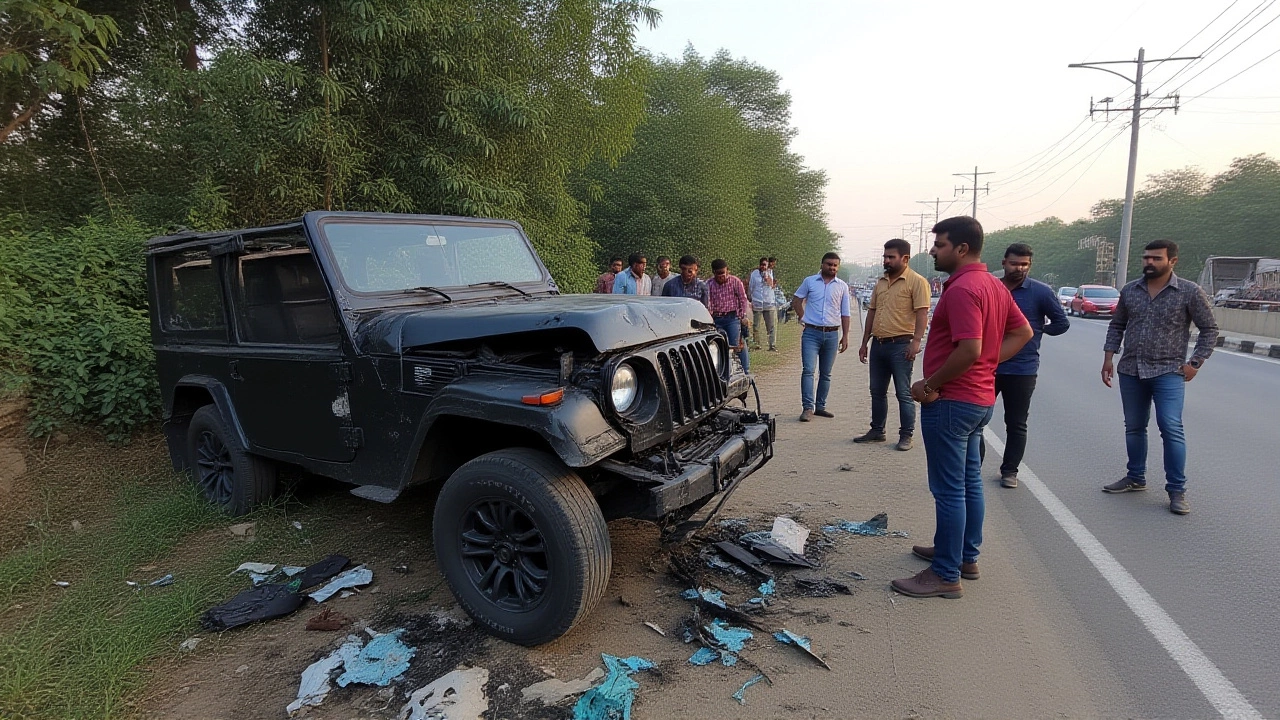High-Speed Collision
When talking about high-speed collision, a crash that occurs at unusually high vehicle speeds, often leading to severe damage and injuries. It’s also called a fast‑moving crash. This phenomenon doesn’t exist in a vacuum; it ties directly to vehicle safety, design and technology aimed at protecting occupants during accidents, crash investigation, the systematic analysis of collision data to uncover causes and improve future outcomes, and the physics of impact forces, the energy transferred during a sudden stop that can crush structures and harm bodies. Understanding these links helps readers see why speed matters and what can be done to stay safer.
What Drives High-Speed Collisions?
Speed limits set the legal ceiling for how fast you should travel, but they’re not the whole story. Drivers often exceed limits because of time pressure, aggressive habits, or simply misjudging road conditions. When a road has poor visibility, sharp curves, or inadequate signage, the temptation to speed up can spike, especially on open highways that feel endless. Add in distractions like phones or loud music, and the risk multiplies. In short, speed limits, regulatory caps designed to keep traffic manageable act as a control lever, yet human behavior frequently overrides them, creating the perfect storm for a high‑speed collision.
The physics behind the crash is brutal but simple: kinetic energy grows with the square of speed. Doubling your speed quadruples the energy that must be dissipated when you stop suddenly. This is why impact forces explode in magnitude as speed rises. The vehicle’s structure, airbags, and seat belts try to absorb that energy, but there’s only so much they can handle. When the forces exceed design limits, the car’s cabin crumples, and occupants face serious injury. So the relationship "high‑speed collision requires massive impact forces" is a hard fact that engineers and safety experts constantly battle.
Modern vehicle safety systems—like automatic emergency braking, electronic stability control, and advanced airbag deployment—aim to reduce the effective speed before impact or better manage the forces once they hit. These tools are only as good as the data they receive, which brings crash investigation into play. Investigators collect data from event data recorders, eyewitness accounts, and road‑scene evidence to reconstruct what went wrong. Their findings feed back into safety tech, prompting manufacturers to tweak algorithms or reinforce structures. This loop—crash investigation informs vehicle safety—creates a cycle of continuous improvement that saves lives.
Policy and enforcement also shape the landscape. Speed cameras, radar traps, and hefty fines act as deterrents, while public awareness campaigns remind drivers that every extra mile per hour raises crash severity. Some cities experiment with dynamic speed limits that adjust based on weather or traffic flow, giving drivers real‑time cues to slow down. When authorities combine technology with education, the odds of a high‑speed collision drop noticeably.
Looking ahead, autonomous vehicles promise to change the game entirely. Self‑driving cars use sensors and AI to maintain safe speeds, anticipate hazards, and execute precise braking—potentially eliminating human error, a major cause of speed‑related crashes. However, these systems need robust data from countless crash scenarios to learn how to react safely. Until that learning curve flattens, human drivers must stay vigilant, obey speed limits, and use safety features wisely.
Below you’ll find a curated selection of articles that dive deeper into each of these angles—whether you’re curious about the science of impact forces, want tips on choosing safer cars, or need to understand how investigations shape future regulations. Keep reading to arm yourself with the knowledge that can turn a high‑speed collision from an inevitable tragedy into a preventable event.
Five Dead, One Critical in Gurgaon Thar Crash After Hitting Divider at 100 km/h
A high‑speed crash on the Delhi‑Gurgaon Expressway near Jharsa flyover killed five young adults and left driver Kapil Sharma critically injured, sparking calls for stricter road safety measures.
